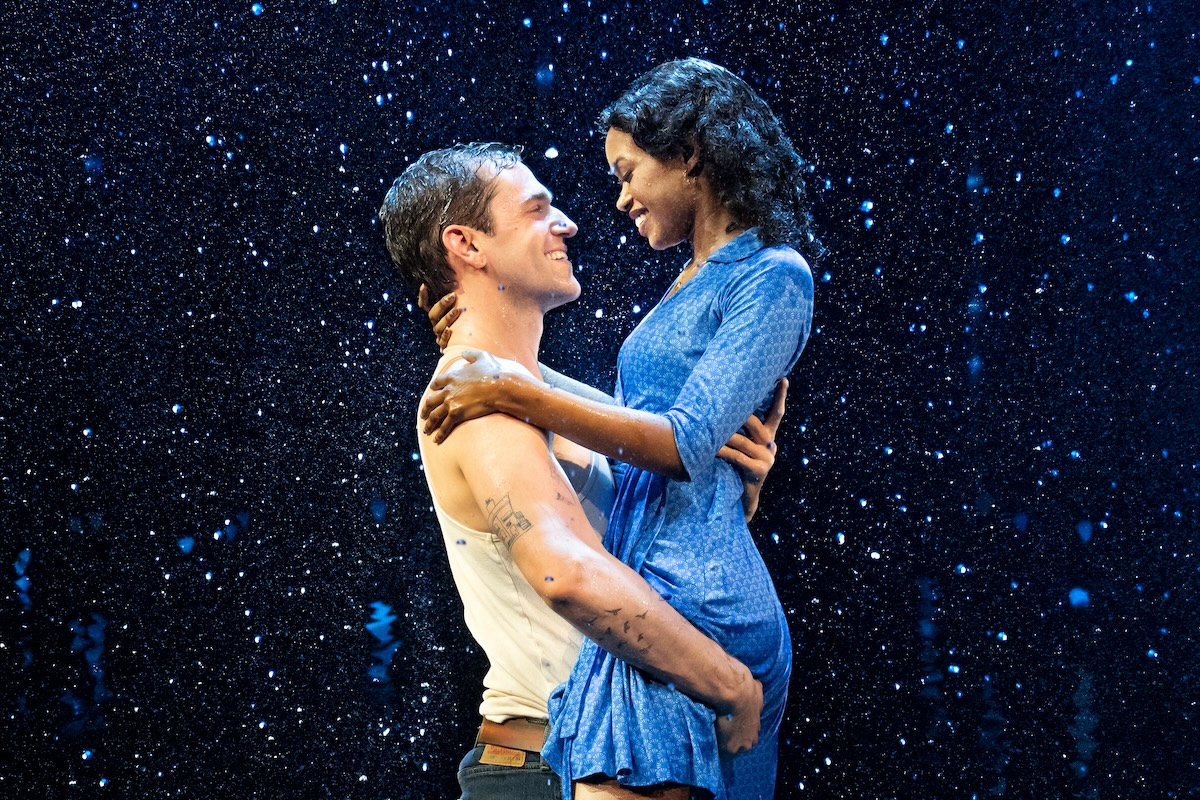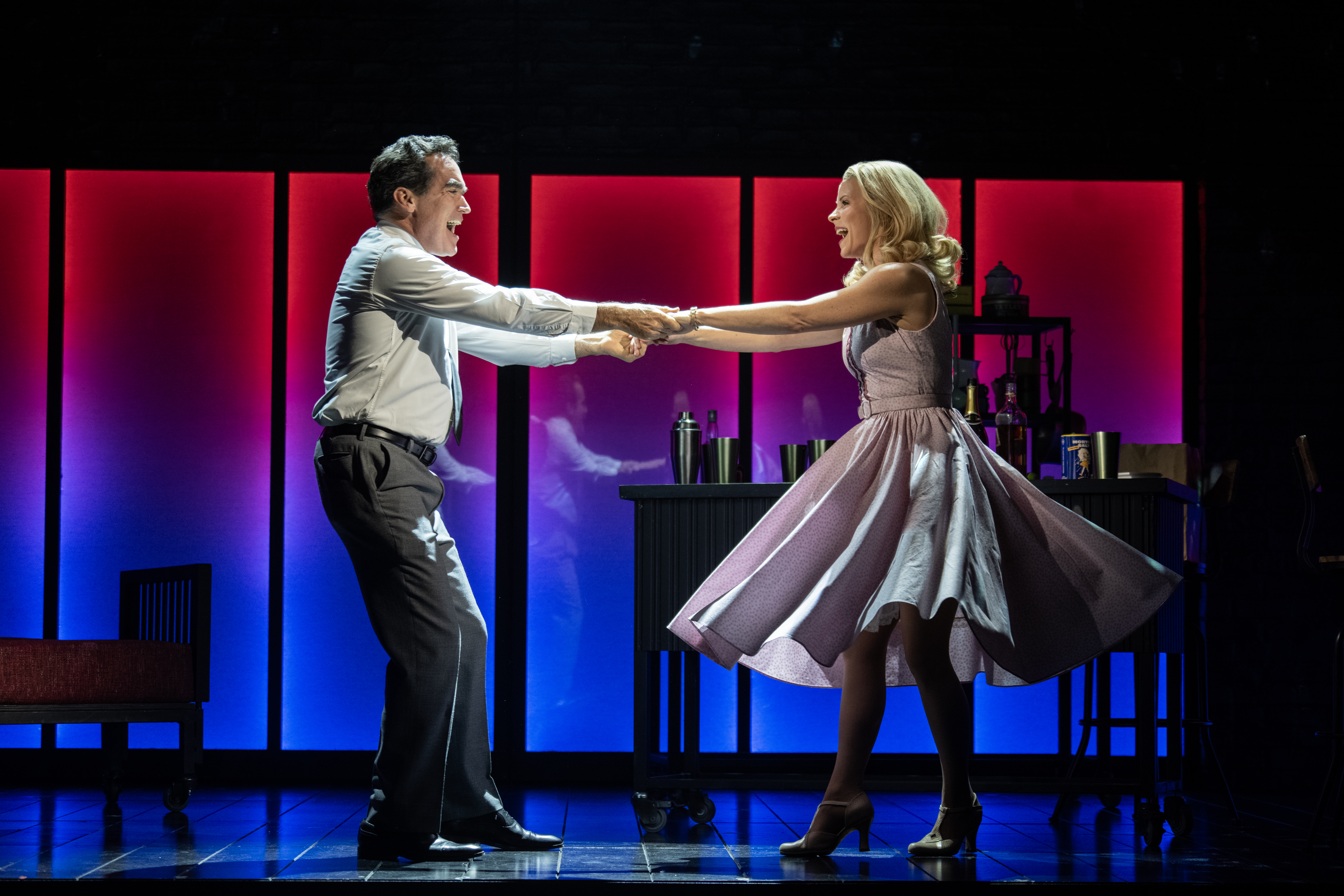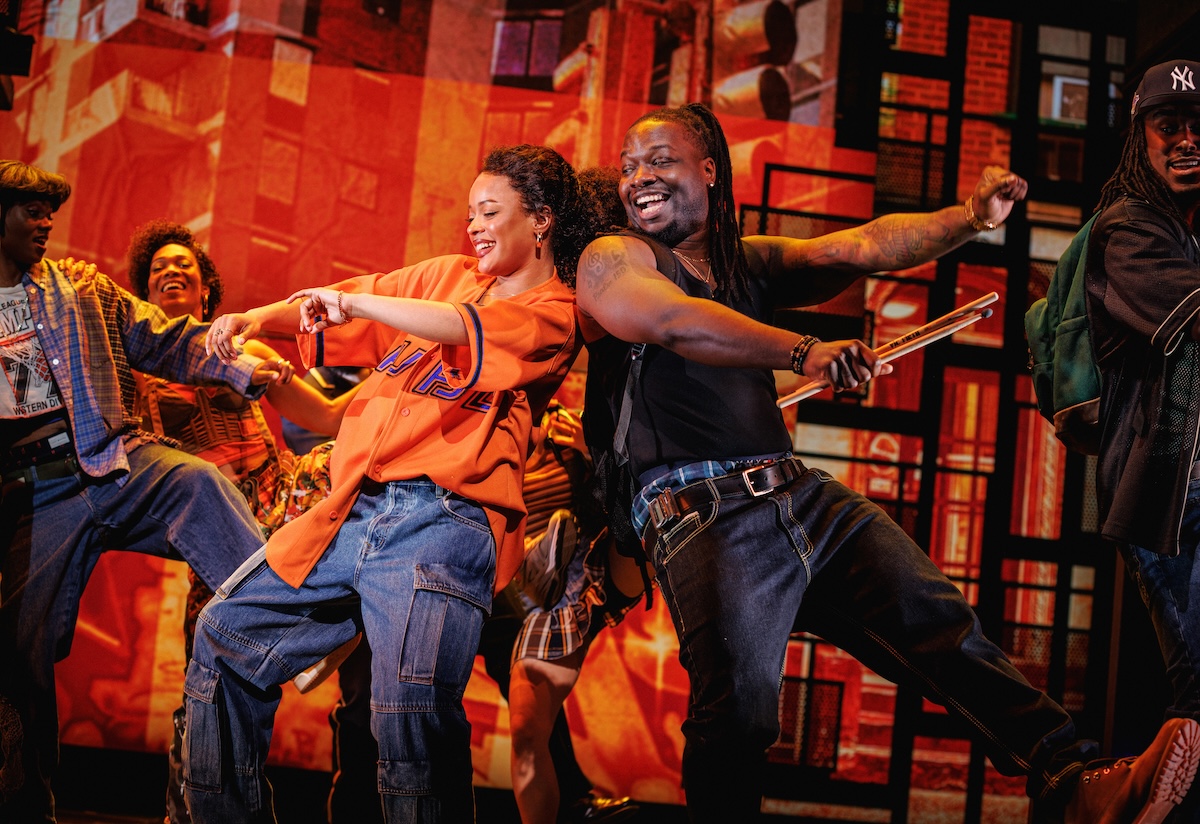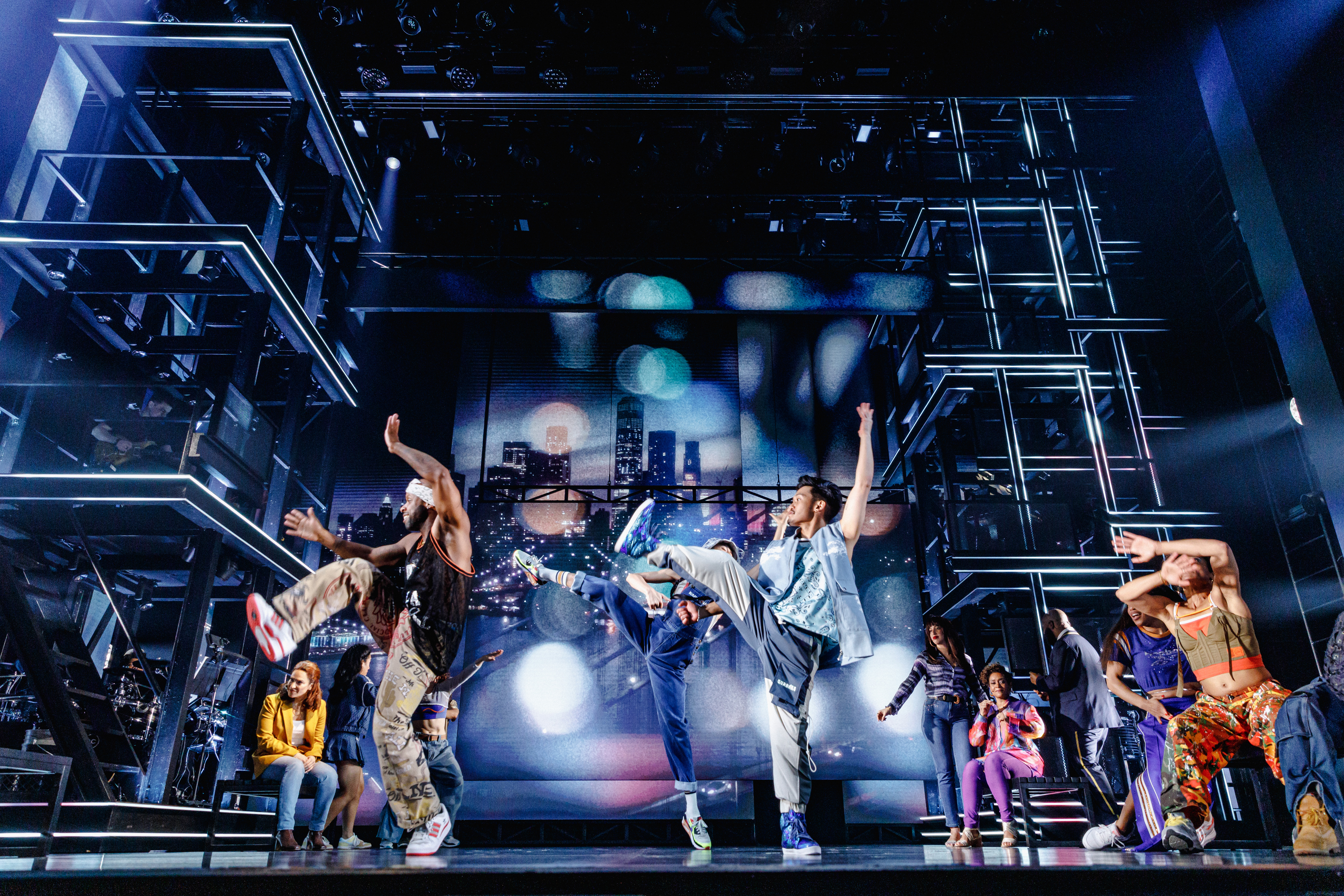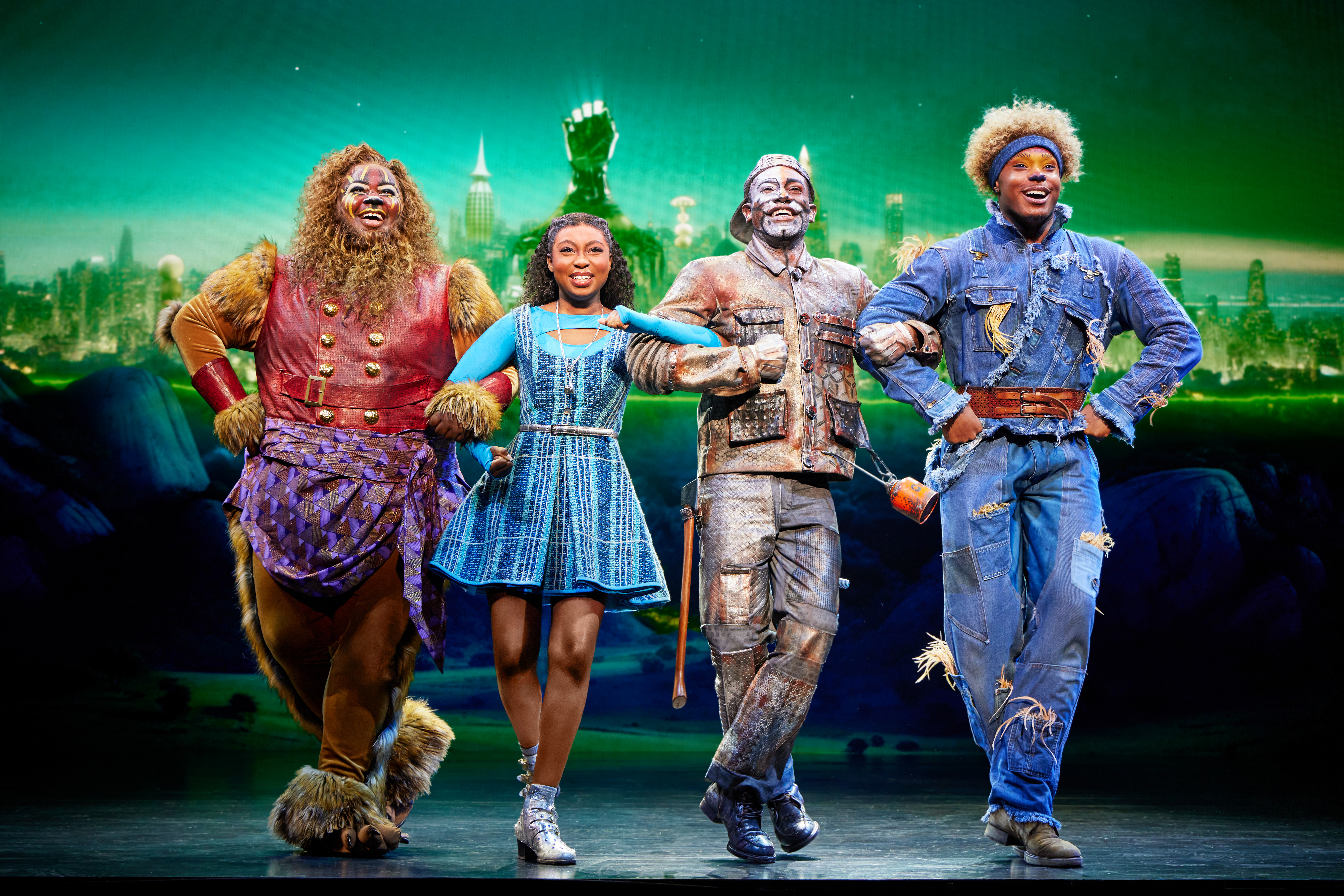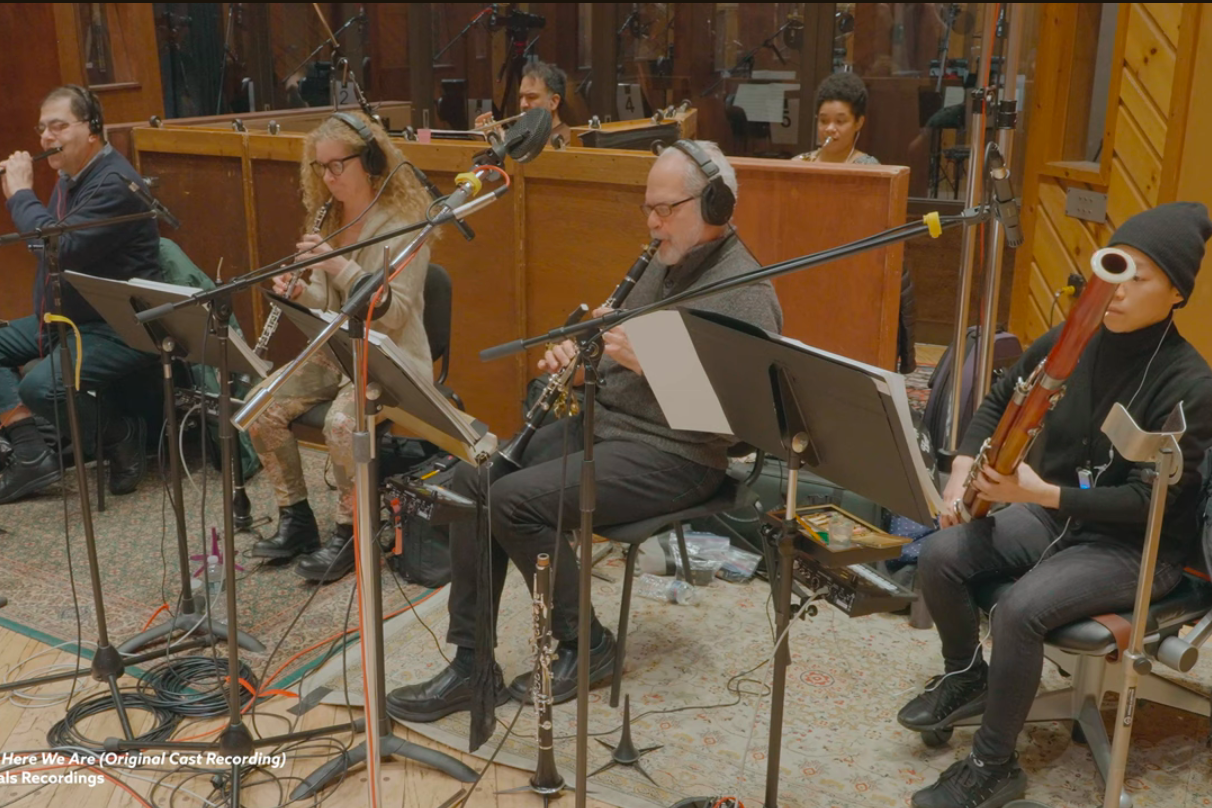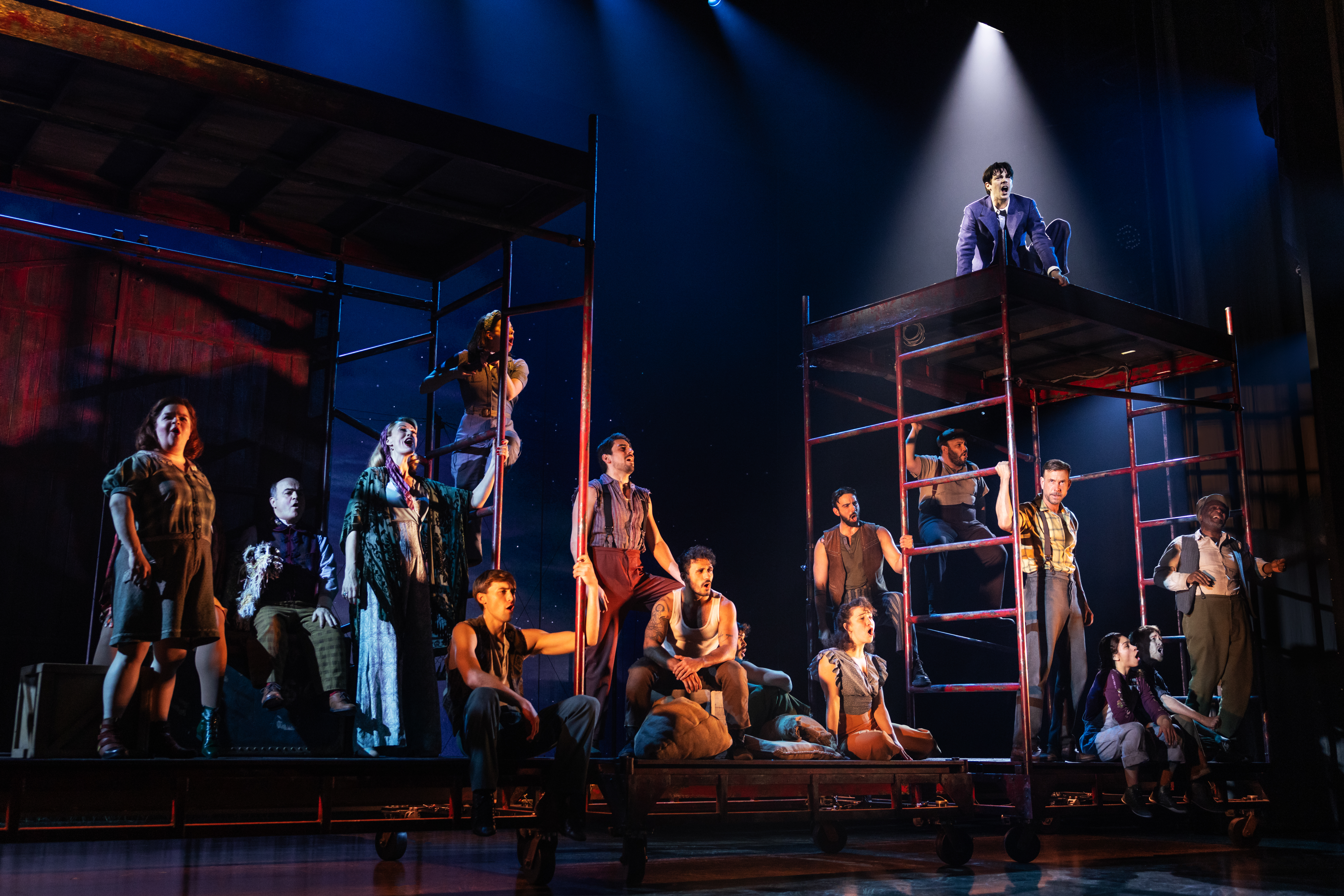What Exactly Is a Dramaturg?
Interior of The Private Life of the Master Race lobby display
(© Emily Anne Gibson)
“What are you studying at college?”
It’s an innocent question, and one that a college student will hear an infinite number of times before graduating. Whenever someone asks, I smile and say, “Dramaturgy, history, and English,” and await the inevitable.
“I’m sorry, what was that first part?”
I’m not an actor. I’m not a designer, or a director, or a stage manager. I’m a dramaturg, and that takes a little explaining.
I first learned about this thing called “dramaturgy” in high school. As a junior, I took directing class, and one of our textbooks was Scriptwork: A Director’s Approach to New Play Development by David Kahn and Donna Breed. (It’s a really excellent book, with some great interviews in the back – I suggest getting a copy, especially if you’re interested in working with new plays.) I fell in love with the idea of the dramaturgical model the book outlined:
“Everything you do in developmental dramaturgy is aimed at getting you to understand the script in terms of its intention–what you believe the script is trying to convey. Only by analyzing the various theatrical devices or elements that the playwright uses and their emphasis–how they are organized–can you appreciate the experience that the play will create for the audience.” — Kahn & Breed, Scriptwork
We created casebooks for Arthur Miller’s The Crucible, full of image research, character and plot analysis, charts of patterns, different interpretations of the text — I was hooked. Which is why, when it came to choosing a college, I just had to find a dramaturgy program. And I did, at Carnegie Mellon.
It’s all well and good, you say, to make a bunch of charts and write analyses, but beyond the paperwork, what does a dramaturg do? It’s a question I ask and re-ask often. It seems to me that production dramaturgy — although it has a firm base in textual, historical, and cultural analysis — depends greatly on the individual show and dramaturg.
I had the great fortune to work as the lead dramaturg on The Private Life of the Master Race this past fall. It was my first experience working as a production dramaturg, and even after taking two dramaturgy classes, I wasn’t sure what to expect. I spent the month of August carefully constructing an online casebook (privatelifedramaturgy.weebly.com), but it wasn’t until I started rehearsals that I began to discover what being a dramaturg meant for me.
Early on, I gave the actors an informal presentation of my casebook and some of the most relevant research. From there, blocking began, and I took a seat next to the director. First and foremost, I was there to answer questions: questions about terms, about history, about the meaning and significance of a scene. I sat with a legal pad and scribbled down notes about patterns and discontinuity and confusing moments. I continued to pull information for my casebook. I helped make cuts to the piece. I developed a program note. And I created a lobby display. During rehearsals, I was relatively quiet; and every once in a while, the director would turn to me and say, “What do you think?”
I like to imagine dramaturgs as advisors of a sort. We don’t make choices for directors, we don’t “fix” plays, and we don’t tell designers how to design. We observe. We ask questions. We put up red flags. We keep one foot in the production, and we keep the other one in the world of the audience. Our job is to see the play from every angle and then some. We help build a foundation for the play to stand on, to become “ghost lights” on the adventure of discovery.
I want to close by looking at the quote I used at the beginning of this blog entry and elaborating, if you’ll forgive the analogy. When we have a script, we have a skeleton — the framework for a production but certainly not the finished product. Designers flesh it out, providing padding and a shell in which this skeleton can live, and the director conducts the creation of this body. The actors enter, breathe life into its lungs — and it’s the dramaturgy that gives the production the rich blood it needs to beat its heart and light a fire in its veins.



